THE DIGITAL MEDIA DEMISE – WHERE DID IT ALL GO WRONG?
With Vice, BuzzFeed and HuffPost announcing job cuts on both sides of the Atlantic, and online lifestyle magazine The Pool collapsing, it’s been a tough week in the world of digital media. Not least because many of the affected workers took to Twitter and revealed the ways that they were laid off - from HR teams sacking people via calendar invites at Verizon Media Group, to email accounts being closed before the individuals were even notified at Vice.
And this is all in the same week that Facebook reported record revenues of almost $17bn for the last quarter of 2018. So, where did it all go wrong for these digital outlets that were poised to become the content kings of our generation?
Unsurprisingly, falling advertising revenues were ultimately the catalyst for publishers like BuzzFeed, who have seen a dramatic drop in traffic since Facebook adjusted its algorithm, demoting news and prioritising friends and family content for its users. Where once upon a time, clickbait content and viral videos seemed impossible to escape, the growing backlash against sponsored content forced social media platforms to revert back to a customer-first model – an inevitable blow for outlets that were raking in millions of views. Meanwhile, companies like Google and Facebook continue to harvest and control huge amounts of data that make them far more efficient advertising platforms when compared to any publisher.
There has also been an unexpected revival for traditional forms of media, with more people subscribing to the likes of the New York Times and The Guardian, which has in turn enabled these titles to consistently produce in-depth, quality content. In a world of intense competition, this might be the only way that publishers can survive long-term.
Whatever the future holds for digital media, one thing seems clear – the online new media bubble has officially burst. For brands, it’s a lesson not to rely on the digital ‘gods of the moment’ such as BuzzFeed and Vice, and always keep in mind the value a mix of owned and quality earned media can bring. Ultimately, prioritising a strong social media presence and investing in strategic, insightful, and creative campaigns (for example), will help you become a cut above the rest.
Vice Office Toronto. Image cred: officesnapshots.com
Sources
The Observer, 03.02.19
The Guardian, 25.01.19

